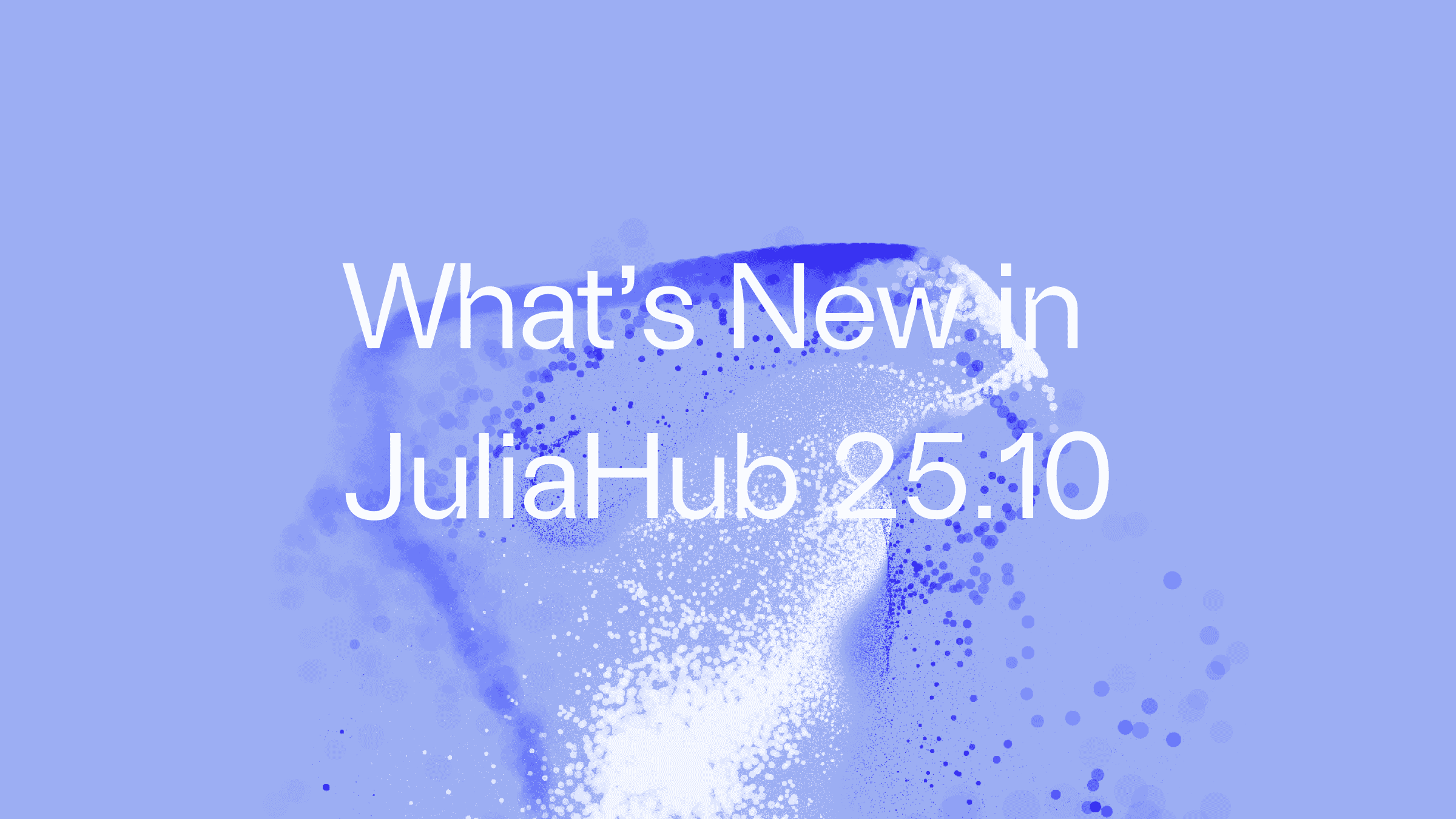
It’s Thanksgiving week in the US, which means two things: food and creativity. So we fired up Dyad’s AI agent to answer one very important question:
How long does it take to cook a turkey?
Naturally, we took an engineer’s approach. In our new video, we walk through how an agentic workflow can quickly build, simulate, and visualize a discretized thermal model of a turkey in the oven. Yes, really.
Like all good engineers, we start by assuming the turkey is spherical. We ask the agent to formulate a discretized thermal model of the turkey, including conduction inside the meat and convection and radiation in the oven. The geometry is fully parameterized so we can easily adjust the size and properties.
We begin by asking the Dyad agent to help us formulate a thermal model.
The Assumptions:
The turkey is spherical
The model includes conduction, convection, and radiation
Geometry is fully parameterized
The system is discretized for simulation
The agent generates the governing equations and gives us a ready-to-implement thermal model.
Implementing and Simulating the Bird
Once we approve the formulation, we ask the agent to:
Implement the model
Run an initial simulation
Summarize the results
A key requirement for safe cooking is hitting an internal temperature of at least 165°F.
When we simulate the turkey (about 11 lbs) at 350°F, the agent shows it reaches the target temperature in roughly 3.5 hours, right in the expected range.
Temperature Plots and Time-to-Done
Next, we ask the agent for longer simulations and visualizations.
Dyad generates:
Temperature-versus-time plots
Clear indicators showing when the turkey reaches the safe internal temperature
These plots make it easy to track how heat propagates from the surface to the center.
Animations for the Win
To bring the physics to life, we ask for an animation.
The agent produces a smooth visualization of:
The transient radial temperature distribution
The target temperature threshold
A “doneness” indicator
Radial slice animations for deeper insight
It’s a surprisingly beautiful way to watch a turkey cook.
Reviewing the Generated Dyad Model
With results in hand, we inspect the full Dyad model created by the agent.
It’s exactly what we specified:
Discretized
Fully parameterized
Complete with geometry, thermophysical properties, oven conditions, and mesh details
To make further experimentation easier, we then ask the agent to restructure the model into a component-based format.
Dyad does this automatically and even renders a diagram using its auto-layout capabilities.
Sensitivity Study: Because Everyone Cooks Turkey Differently
Every household has its preferred oven temperature.
So we ask the agent to run a sensitivity analysis on cooking temperature.
The results show the familiar trade-off:
Higher oven temperatures cook the turkey faster
But they also raise the surface temperature, increasing the risk of drying it out
A helpful quantitative reminder to give your turkey enough time, without sacrificing juiciness.
Happy Thanksgiving From JuliaHub
This experiment is part of our ongoing Agentic AI Modeling Series, showcasing how Dyad can turn engineering workflows into fast, automated, high-fidelity simulations.
Watch the full video here:
If you’d like to learn more about Dyad or explore agentic simulation for your own engineering challenges, reach out to us at sales@juliahub.com.
Happy Thanksgiving and happy modeling.





